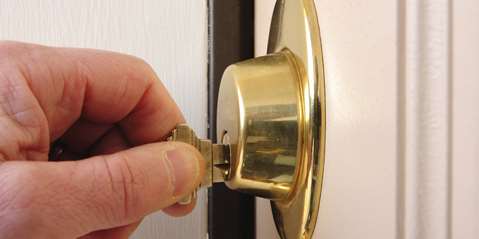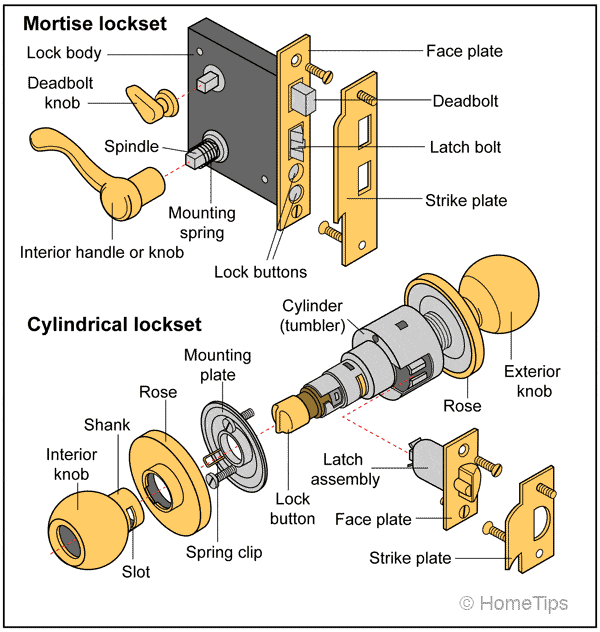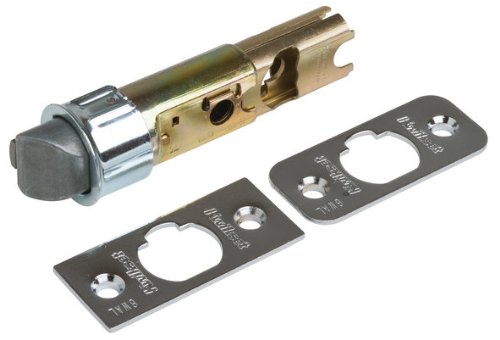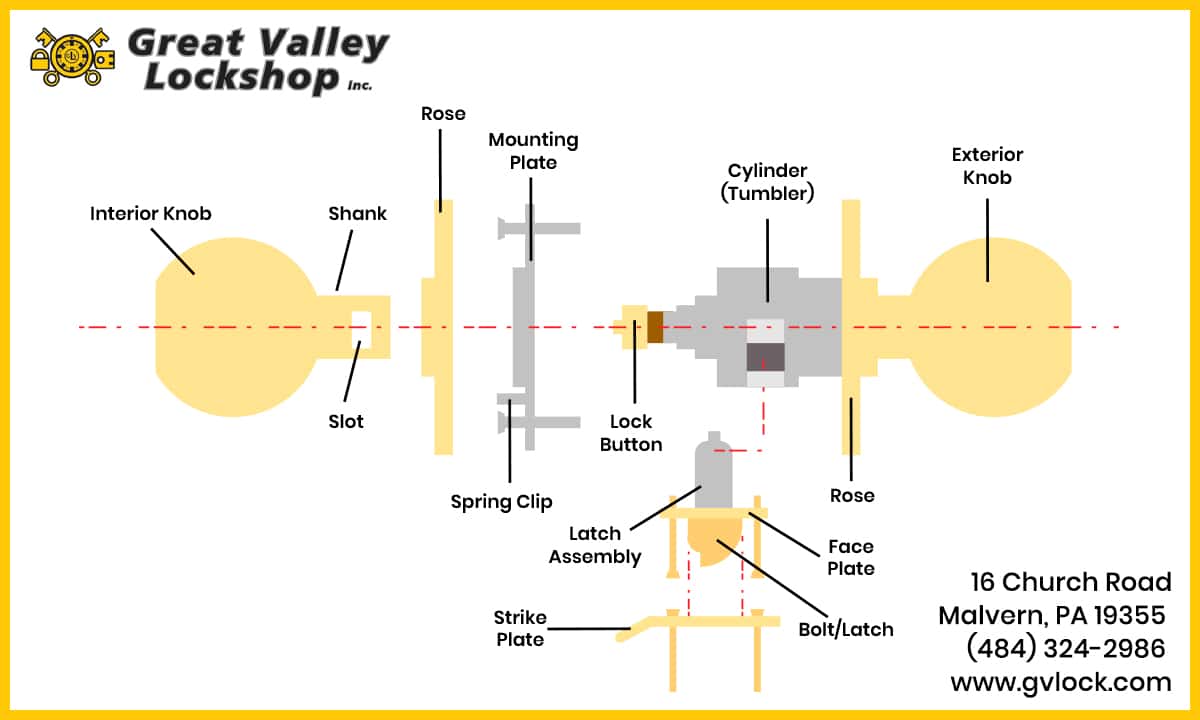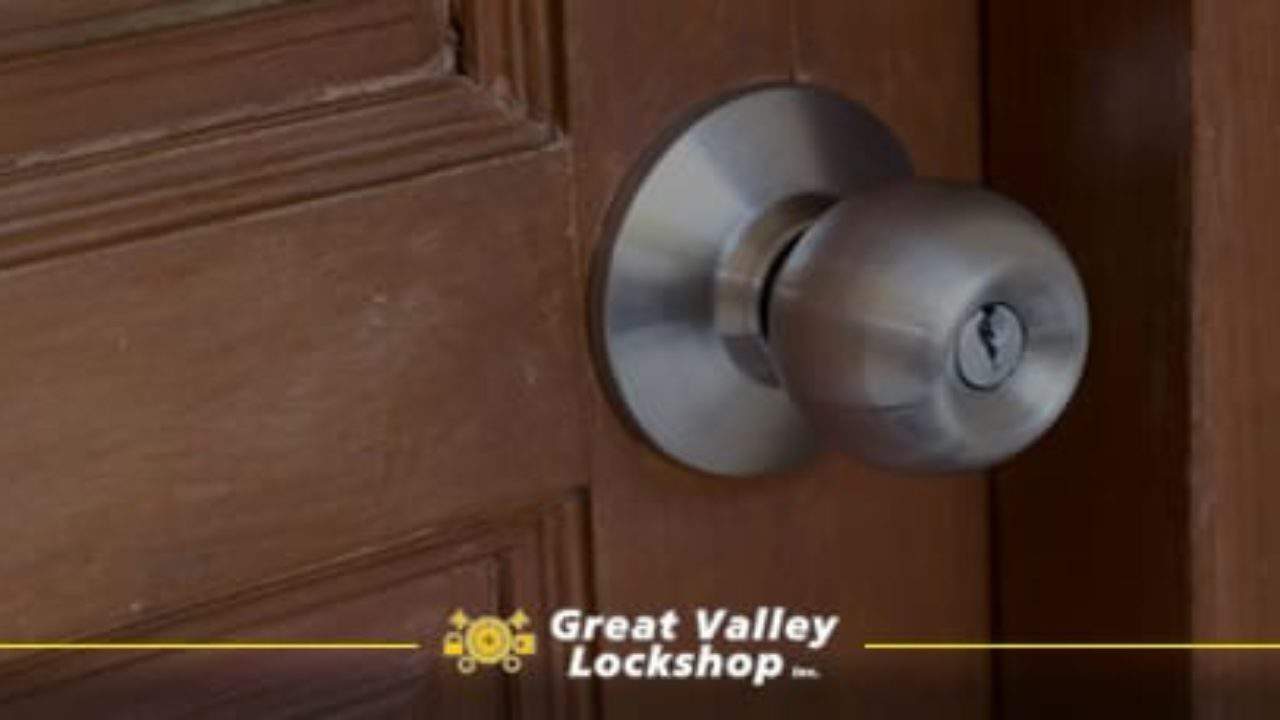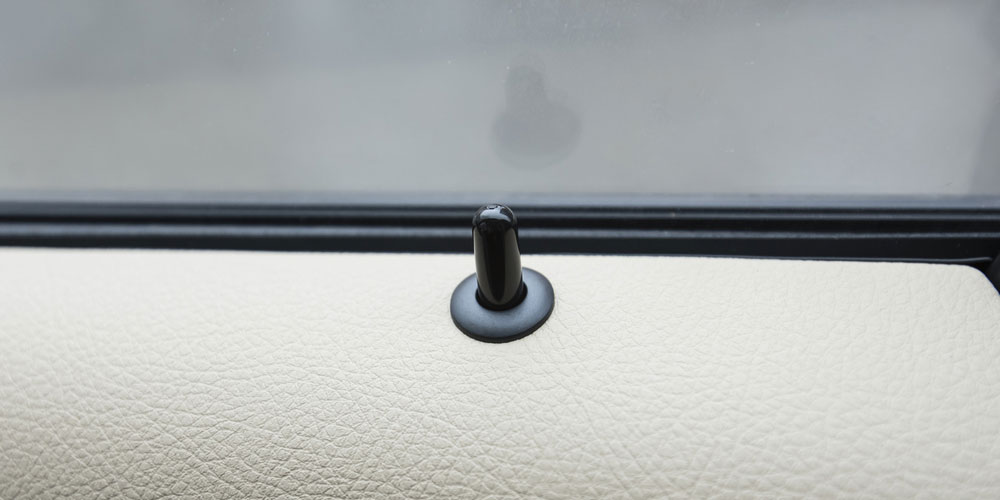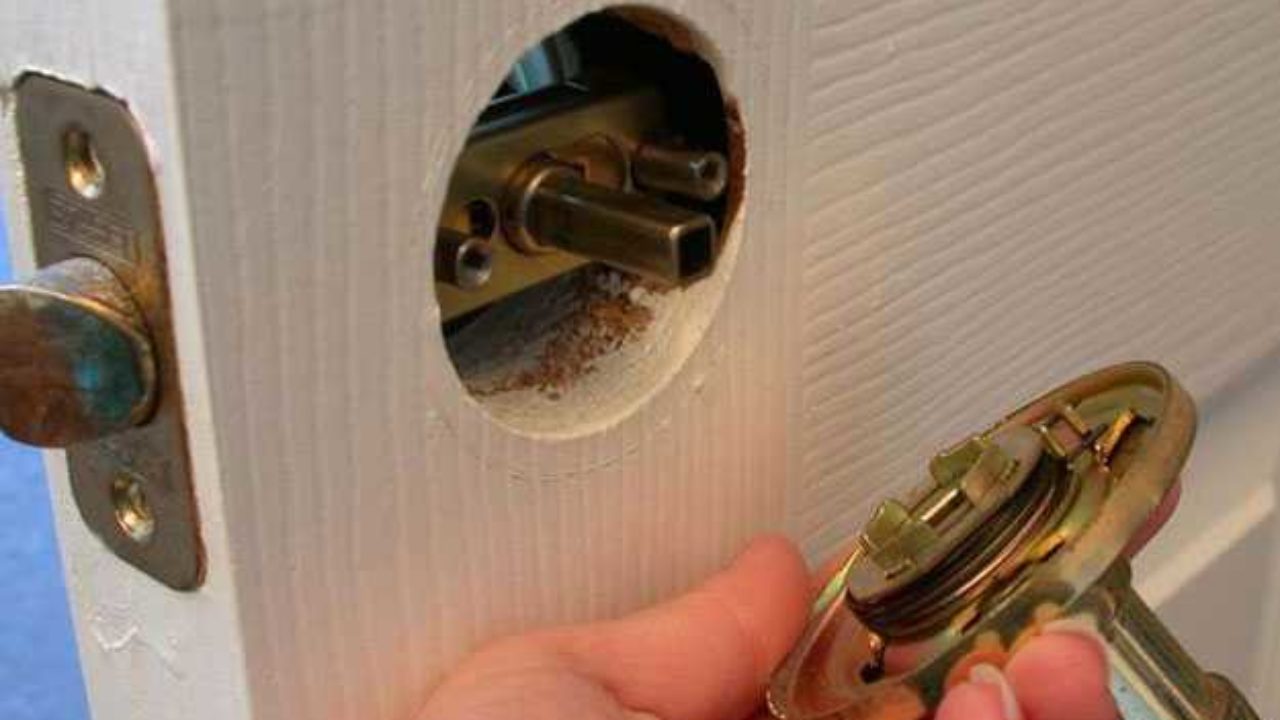Sticking Door Lock Mechanism

Handle powdered graphite carefully.
Sticking door lock mechanism. In some cases the inner latching mechanism wears down due to use and a replacement is necessary. Once that happens getting in and out of doors can be a major hassle. Open the door wide and put on a pair of safety glasses to protect your eyes. Here s how to remove and clean the most common type of door lock.
This is a short video to demonstrate how easy it is to remove a door handle view what s inside and repair the failed latch. A sticky lock is usually caused when excess dirt and grime binds up the mechanisms that enable the lock to turn smoothly. Slide the doorknob off the. Equip a rotary tool with a carbide tip bit.
Filing the strike 1. Watch joe as he shows you how to unstick a sticking door latch. A latch bolt that sticks in the strike often leave tell tale. 1 open the door and look for obstructions in the door lock plate like loose screws.
Insert the tip into the latch. Door lock doesn t latch properly when a door latch doesn t click into position it usually means the latch and the strike plate are out of alignment. The door latch is not extended before rotating the knob. Disclaimer this video was crea.
With the door open use a phillips screwdriver to take out the two connecting screws that are located by the doorknob on. Inspect the strike plate on the edge of the door frame. More force is needed to turn the knob and unstick the latch. Once the door is open try to actuate the door latch with the handle.
Tighten the hinge screws and then try adjusting the strike plate by loosening its screws and shifting it slightly. Remove the two screws that hold the lock faceplate on the edge of the door. The knob will not turn to retract the stuck door latch. Otherwise the fine black dust can get everywhere staining surfaces and creating a.
Repairs range from making minor latch adjustments to repositioning the door. The handle or knob must be jiggled to unstick the latch.


